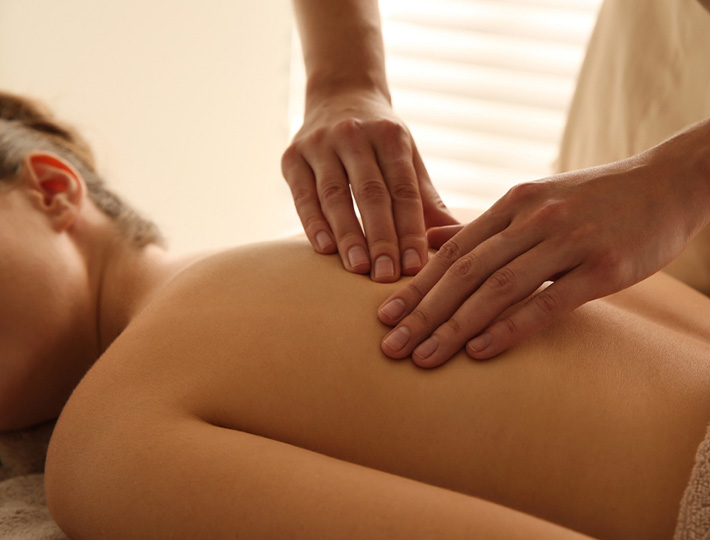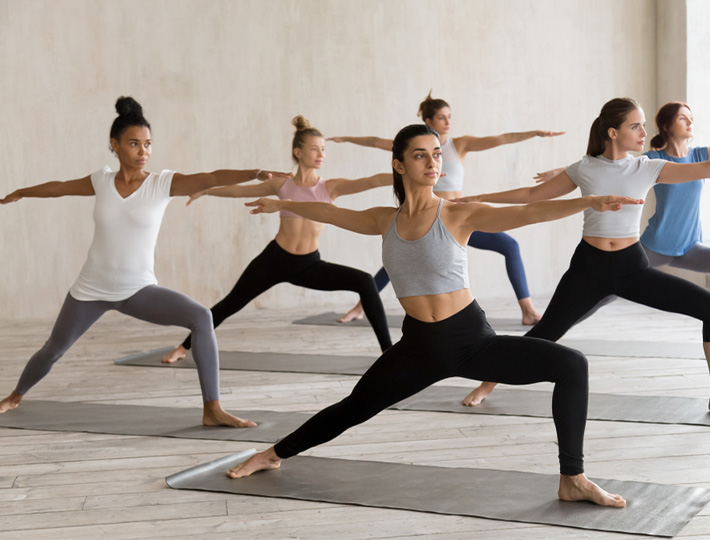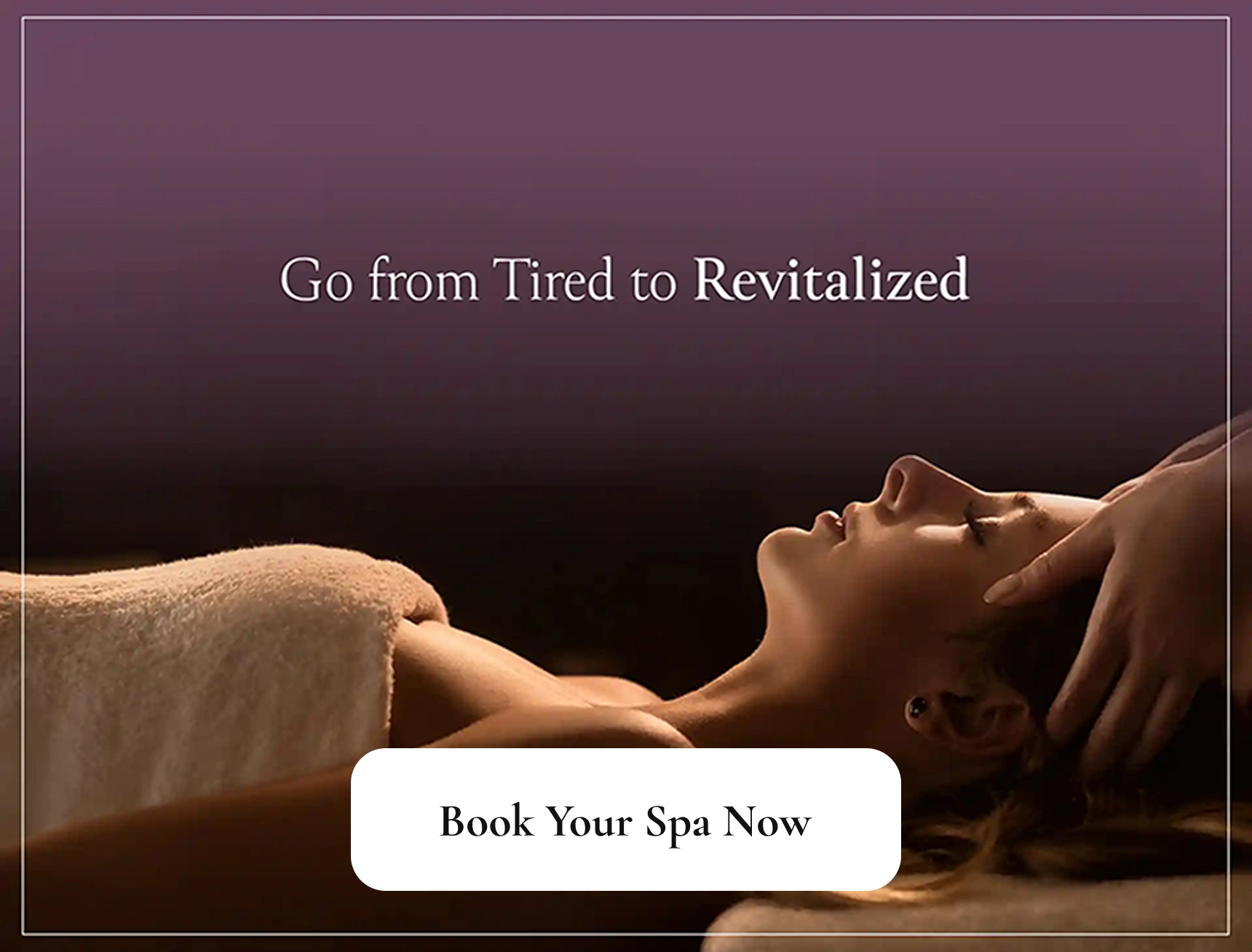Enhancing Your Yoga Journey: The Vital Role of Massages for Yoga Professionals
Yoga professionals dedicate themselves to perfecting asanas and mastering breathing techniques, prioritizing the nurturing of both their physical and mental well-being. Their daily practice involves exploring new poses, pushing the boundaries of their flexibility, and delving into deep stretches that challenge their bodies. However, amidst the dynamic flow of yoga sequences and the demands of teaching and demonstrating poses, their muscles endure considerable strain. This is where the necessity of massages becomes apparent.
Massages provide a vital avenue for alleviating the physical tension accumulated from hours of practice and teaching. By targeting tight muscles and releasing knots, massages offer much-needed relief, allowing yoga professionals to maintain optimal physical conditions and sustain their passion for the practice. Integrating regular massages into their routine helps them sustain their passion, energy, and efficacy in serving their students and clients.
Hence Tattva Wellness Spa renowned for its exceptional massage therapies and specialized treatments offers the perfect solution to alleviate muscle tension, boost flexibility, and promote overall well-being for yoga professionals.
Understanding Its Physiological Effects on Yogis
Massage therapy isn’t merely about relaxation, beyond the immediate sensation of relaxation, massages trigger a cascade of physiological responses that benefit yogis on multiple levels. Deep tissue massage, for instance, penetrates layers of muscle tissue, releasing tension and knots that inhibit flexibility and mobility. This targeted approach not only enhances the yogi’s ability to perform challenging poses but also reduces the risk of injury by promoting proper alignment and muscle balance. Also, massages stimulate blood circulation, delivering oxygen and nutrients to muscles, which accelerates post-workout recovery and facilitates the removal of metabolic waste products. As a result, yogis experience quicker muscle recovery and less soreness, enabling them to maintain a consistent practice without the hindrance of physical discomfort.
Exploring the Mind-Body Connection Through Massage and Yoga
Yoga emphasizes the interconnectedness of the mind and body, and massages serve as a powerful tool for exploring and nurturing this connection. Both practices share a common goal which is to promote holistic well-being by fostering harmony between the physical and mental aspects of the self. As yogis delve into deeper states of relaxation during massages, they become more attuned to their bodies’ sensations and subtle energy flows, enhancing their mindfulness both on and off the mat. Through the symbiotic relationship between massage and yoga, practitioners can cultivate a profound sense of inner balance and alignment.
How Massages Deepen the Restorative Benefits of Yoga

As yoga professionals seek to delve deeper into the restorative benefits of their practice, the integration of massages emerges as a powerful tool for enhancing physical and emotional well-being.
- Enhanced relaxation: Massages promote a profound state of relaxation by releasing tension and reducing stress levels in the body. This deep relaxation complements the restorative benefits of massage yoga, allowing practitioners to sink more fully into poses and experience deeper levels of rejuvenation.
- Increased flexibility and mobility: By loosening tight muscles and improving circulation, massages enhance flexibility and mobility, which are essential for achieving the full benefits of yoga poses. This increased range of motion enables practitioners to explore poses more deeply and access new levels of physical and emotional release.
- Facilitated release of emotional tension: Massages not only target physical tension but also facilitate the release of emotional blockages stored in the body. As practitioners surrender to the healing touch of massage therapists, they may experience a cathartic release of stored emotions, leading to a greater sense of inner peace and emotional well-being.
- Accelerated recovery: The restorative effects of massages promote faster recovery from physical exertion, allowing practitioners to bounce back more quickly from intense yoga sessions or strenuous workouts. This accelerated recovery ensures that practitioners can maintain a consistent yoga practice without the risk of overtraining or burnout.
- Heightened mind-body connection: By integrating massages into their yoga routine, practitioners deepen their mind-body connection, fostering a greater sense of awareness and presence both on and off the mat. This heightened awareness enhances the meditative aspects of yoga practice, facilitating a deeper sense of inner peace and spiritual growth.
Overall, massages serve as a powerful complement to yoga, enriching the restorative benefits of the practice and nurturing holistic well-being.
Tips for Incorporating Regular Massages into a Yoga Professional’s Routine
While the benefits of massages for yoga professionals are undeniable, finding the time and resources to incorporate them into a busy schedule can be challenging. However, prioritizing self-care is essential for maintaining longevity and vitality in your yoga teaching career. Here are some practical tips for integrating regular massages into your routine:
- Schedule regular massage appointments: Treat massages as non-negotiable appointments in your calendar, just like you would with yoga classes or teaching sessions. Block out dedicated time for self-care and stick to it consistently.
- Explore different massage modalities: From Swedish to Thai massage, there’s a wide range of techniques to choose from. Experiment with different modalities to discover what resonates with your body and preferences. Whether you prefer gentle, soothing strokes or invigorating deep tissue work, there’s a massage style tailored to your needs.
- Prioritize self-care rituals: In addition to massages, incorporate other self-care rituals into your daily routine to support your overall well-being. Whether it’s practicing yoga, meditation, or simply taking a leisurely walk in nature, nurturing yourself outside of your teaching responsibilities is crucial for maintaining balance and vitality.
- Invest in self-massage tools: While professional massages are undoubtedly beneficial, self-massage tools such as foam rollers, massage balls, and handheld massagers can provide relief between sessions. Incorporate these tools into your pre and post-yoga routine to alleviate muscle tension and enhance recovery.
Hence yoga instructors by integrating massage techniques helps in improving muscle flexibility, relieving stress, and promoting deeper relaxation during and after sessions and Tattva Wellness Spa is an ideal choice for yoga enthusiasts seeking a comprehensive wellness experience.
How Massage Can Contribute to a Long and Healthy Yoga Teaching Career

A career in yoga teaching demands not only physical prowess but also emotional resilience and mental clarity. Massages play a crucial role in supporting the longevity and sustainability of a yoga teaching career by addressing the inherent challenges and stresses associated with the profession.
- Preventing burnout: Teaching multiple classes a day, demonstrating poses, and offering hands-on adjustments can take a toll on a yoga teacher’s body. Regular massages help prevent burnout by relieving physical strain and promoting recovery, allowing teachers to sustain their passion and energy for the practice over the long term.
- Managing stress and anxiety: The responsibilities of managing a studio, planning classes, and nurturing students’ well-being can be emotionally taxing. Massages serve as a powerful antidote to stress and anxiety, promoting relaxation and mental clarity. By prioritizing self-care, yoga professionals can cultivate the emotional resilience needed to navigate the demands of their careers with grace and ease.
- Enhancing teaching efficacy: As yoga teachers, your presence and energy greatly influence the quality of your classes. Massages help us maintain optimal physical and mental health, enabling us to show up fully present and grounded for your students. By prioritizing our well-being, we can better serve and inspire those we teach, creating a ripple effect of positivity and transformation.
Book Your Massage Today!
In conclusion, massages are a necessity for yoga professionals committed to nurturing their physical, emotional, and spiritual well-being. By understanding the physiological effects of massages, exploring the mind-body connection they foster, and incorporating them into your routine, you can unlock the full potential of your yoga practice and teaching career. Prioritize self-care, invest in your well-being, and book your massage today at Tattva Wellness Spa—it’s an investment in yourself that will pay dividends for years to come.
Categories
- Chennai
- Gurgaon
- Delhi
- Abhyanga Massage
- Bangalore
- Lucknow
- Pune
- Locations
- Anniversary
- Birthday
- Swedish Massage
- Deep Tissue Massage
- Wellness Spa
- Rakhi
- People of Tattva
- Beauty
- Benefits of Massage
- Blog
- Body Scrubs
- Corporate Offers
- FAQ
- Gifting
- Health
- Lifestyle
- Massages
- New Launch
- Offerpage
- Services
- Spa Franchise
- Spa products
- Spa review
- TooYoo
- Uncategorized
- Weddings
- Wellness


 Login
Login